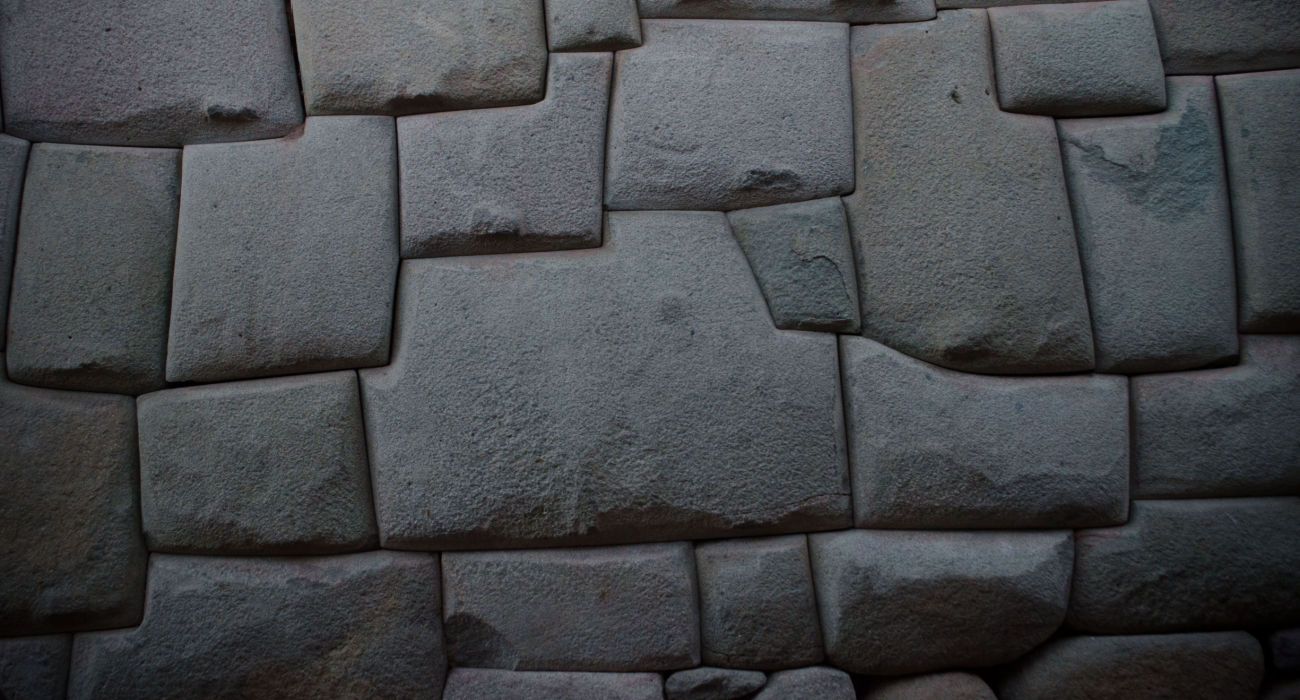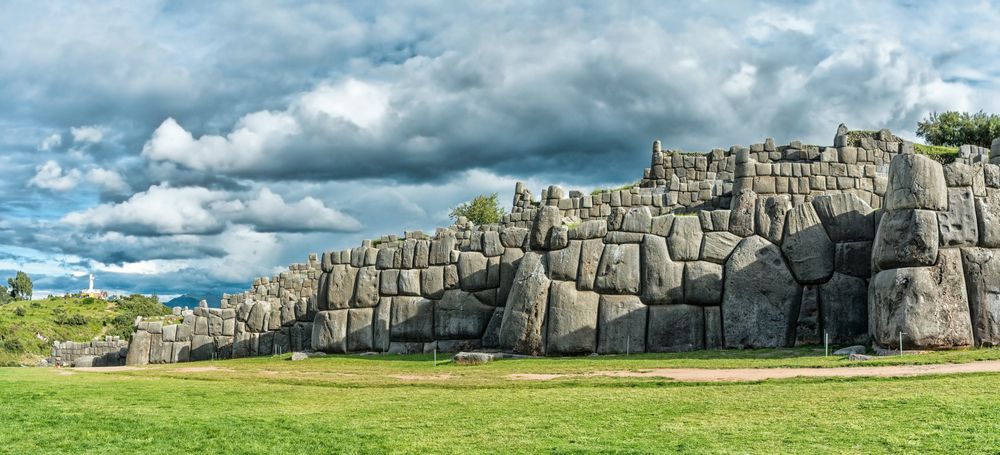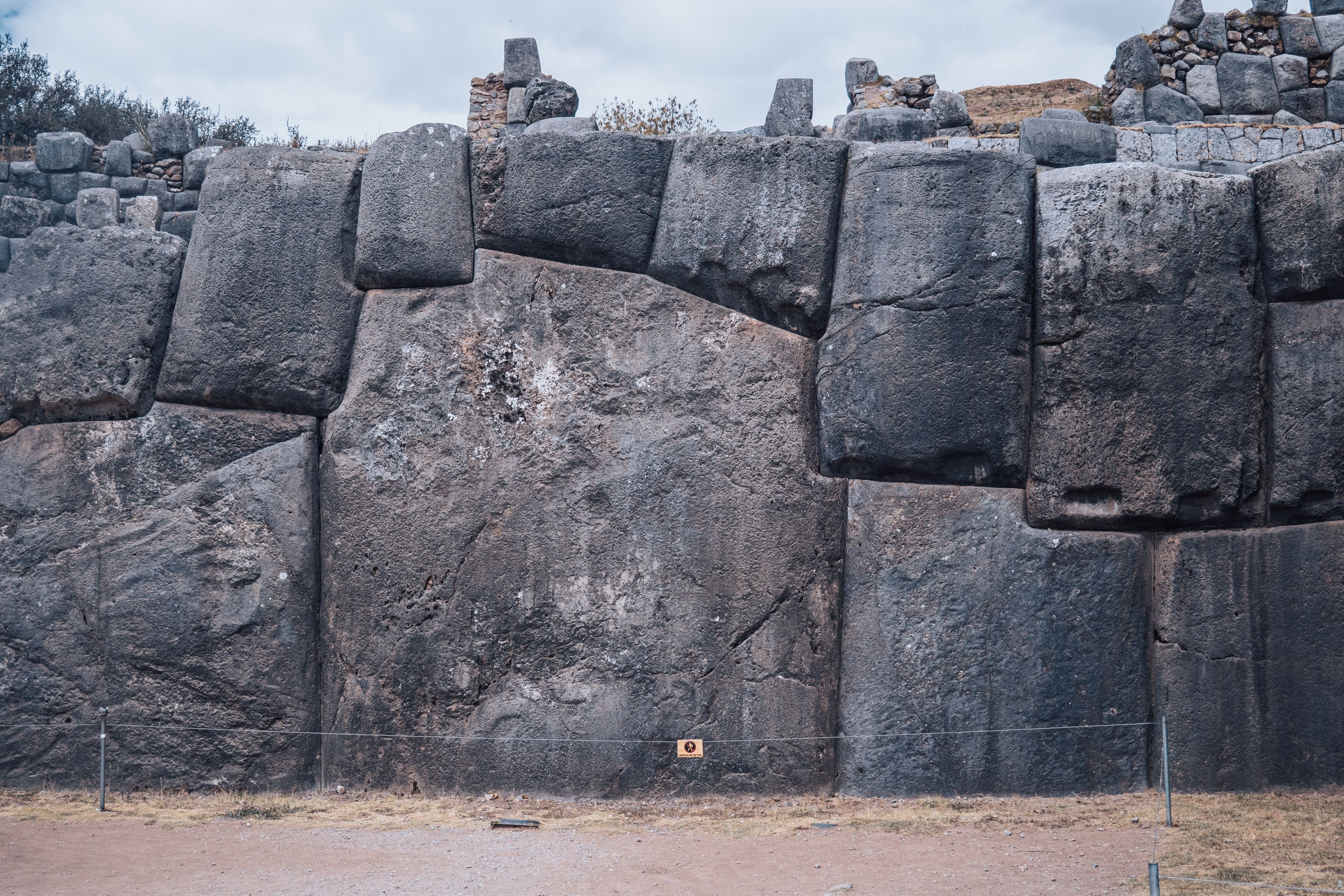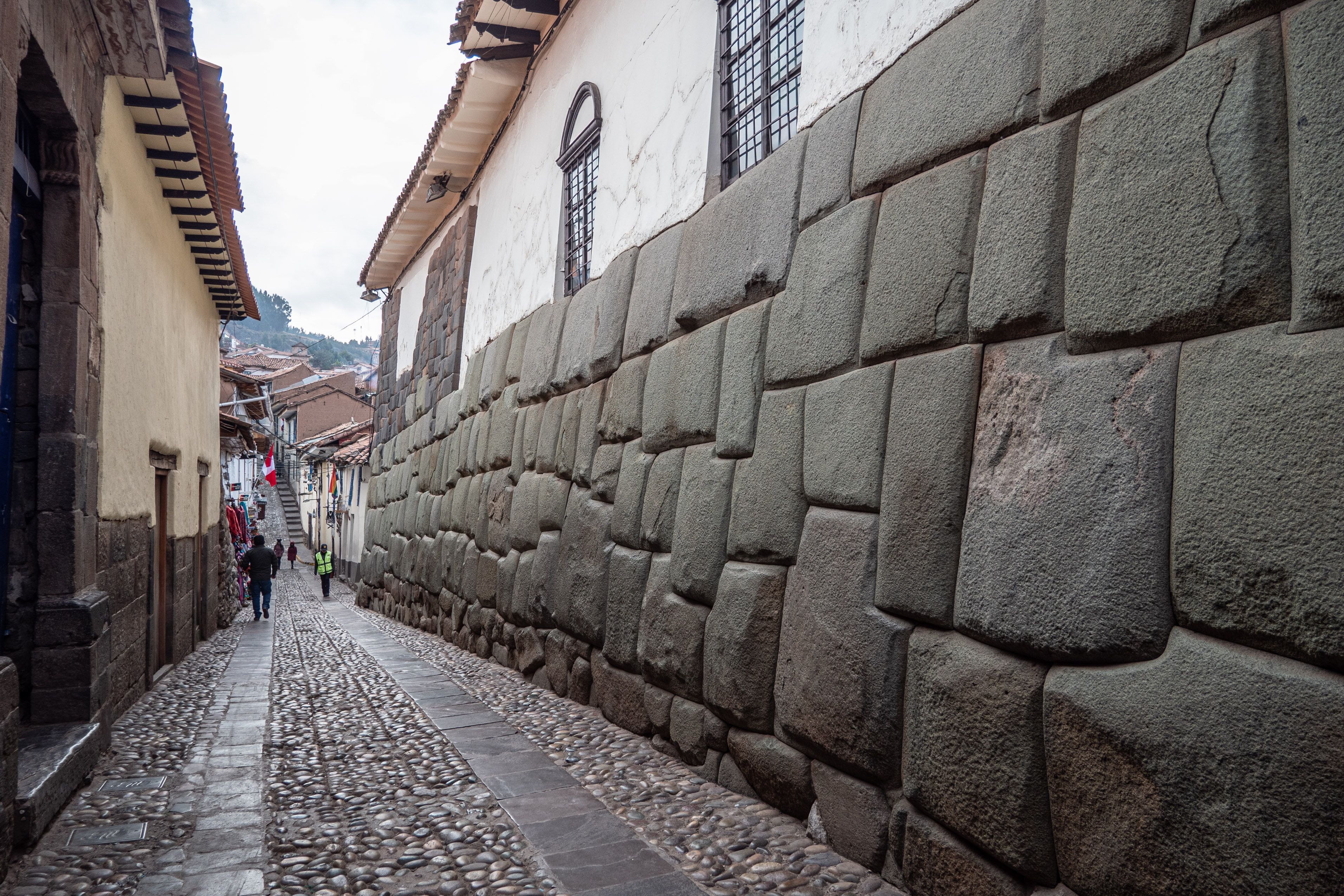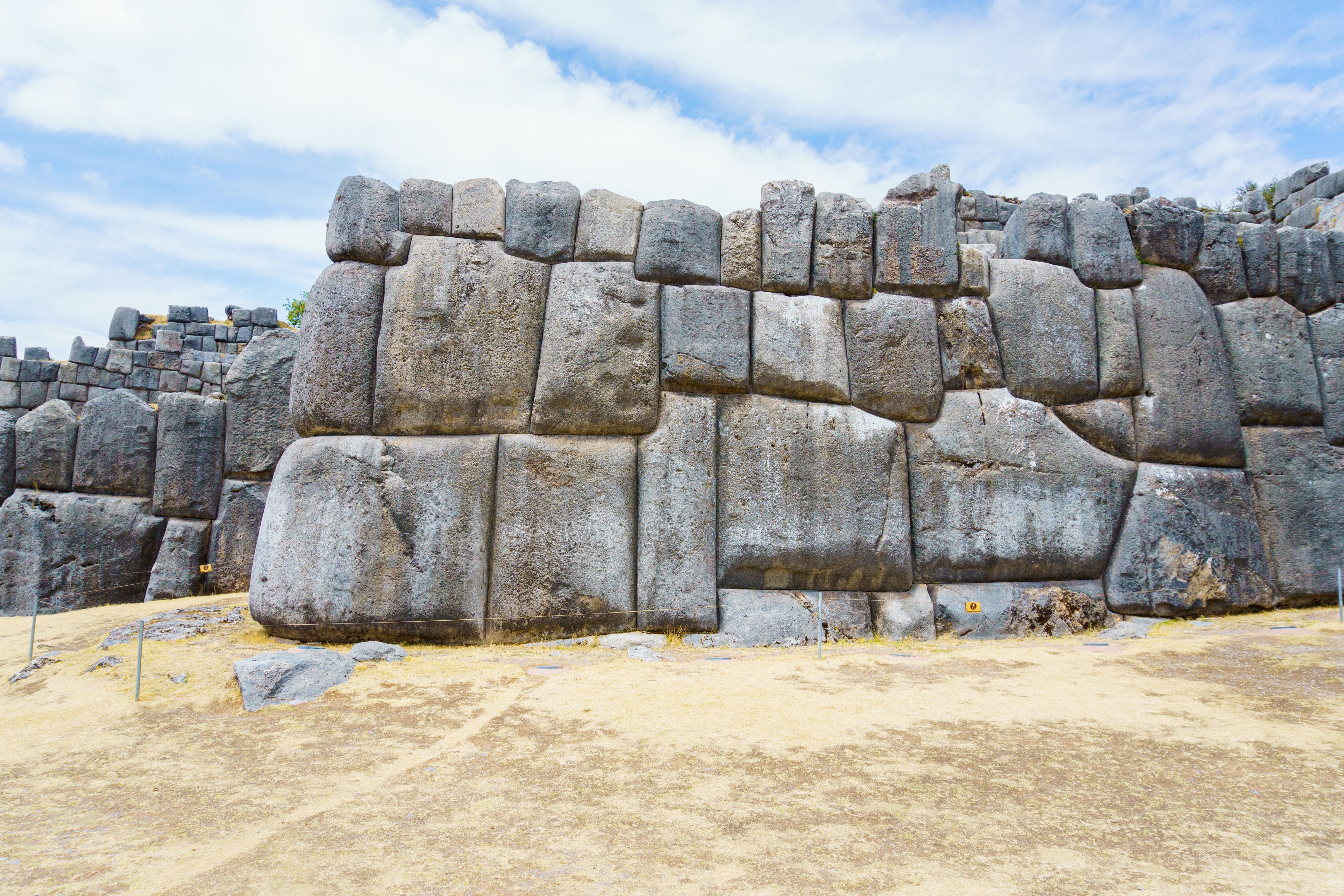Quick Links
The Loch Ness monster lives in Scotland, Bigfoot roams the Pacific Northwest, Area 51 has a little green man, and aliens helped build the Egyptian pyramids and the Inca walls for some reason (perhaps space-age beings have a proclivity to piling up rocks on earth). Joking aside, Inca architecture is extremely impressive, with the Inca walls of Cusco continuing to bewilder and baffle travelers today.
The walls of the Inca were built without many of the tools and technologies the Romans and the Ancient Egyptians had at their disposal, and yet they have been built to remarkable precision. Inca walls are of such engineering that they have spawned all manner of conspiracy theories.
The Incas Were Master Engineers & Architects
The Incas did not develop out of a vacuum; there are plenty of other older civilizations in and around the Andes Mountains and the coastal plains of Peru. Older civilizations include the ancient city of Chan Chan in the Peruvian desert and Chavin de Huantar - a lost city of the Andean mountains long before the Inca. The Incas inherited the architectural legacy from the forerunner Tiwanaku (in modern-day Bolivia). The Inca are known to have used the topography and existing materials of the land in their works.
Besides Machu Picchu, one of the best places to discover excellent examples of Inca engineering is the ancient capital of Cuzco in Peru. The Inca roads were unrivaled anywhere in the Western Hemisphere and are still used as hiking trails in places today. Other great places to discover Inca engineering are Sacsayhuaman and Ollantaytambo. The site of Choquequirao was also an alpine treat for the Inca elite and it is three times larger than Machu Picchu.
Cuzco fell to the Spanish, and the remnants of the Inca Empire fled into the mountains and founded the new 'lost' city of Vilcabamba. The Spanish incorporated many of the walls into their colonial structures.
What To Know About Cusco's Amarucancha & Acllahusai Inca Walls - Formerly An Inca Palace & Convent
Go to Cusco and walk southeast from the Plaza de Armas along the alley of Loreto, and visitors will see the Inca walls on both sides. On the right hand is the Amarucancha (or 'Courtyard of the Serpents'). The name is from snakes etched on the lintel of the doorway. It was the site of the Inca palace of Huayna Capac (naturally, later, the Spanish built a church there).
To the left is the oldest Inca wall found today in Cusco. It is the most stunning and spectacular of the Inca walls and belonged to the Acllahusai (or 'House of the Chosen Women'). After the takeover by the Spanish, they built the closed convent of Santa Catalina there. So it transformed from housing the Virgins of the Sun to the Catholic nuns.
The Virgins of the Sun (or Aclla Cuna) were women who lived in Inca temple convents under a vow of chastity and had a number of ritual duties. They were chosen when they were aged around 10. Their training lasted 4 years, and then they became priestesses. They were later given in marriage to distinguished men (sometimes as secondary wives of the emperor himself) while the most 'perfect' were selected as human sacrifices.
The girls were collected by the Inca Empire from the provinces as a form of tribute from the states. They were mostly selected from higher social classes and were chosen for their beauty, skills, and intelligence. Only the most prestigious of them were sent to Cusco for their training.
Other examples of Inca walls can be found at Sacsayhuaman and other Inca sites.
What Makes The Inca Walls So Incredible
The Inca built their walls without mortar or cement. They managed to work the stone so that the blocks would fit perfectly today. They are so precisely interlocked that they can not be budged and represent one of the greatest feats of engineering in the pre-Columbian Western Hemisphere.
The stone in the center has been cut so precisely that it fits exactly with the other stones around it (one has 11 stones around it). They fit so meticulously that paper cannot be put between them. Bear in mind the Inca accomplished this without beasts of burden (horses, oxen, camels, donkeys - llamas are of limited utility), metal tools, the wheel, or writing.
Whether the Inca knew it or not, this construction of engineering also has the effect of being largely earthquake-proof. They absorb the energy of the earthquake.
Get the most out of visiting the Inca Walls by taking a guided tour. Aracari Travel is one of the companies that offer guided tours of the Inca Walls, Cusco, and all through Peru. They specialize in private and tailormade tours to Peru.

